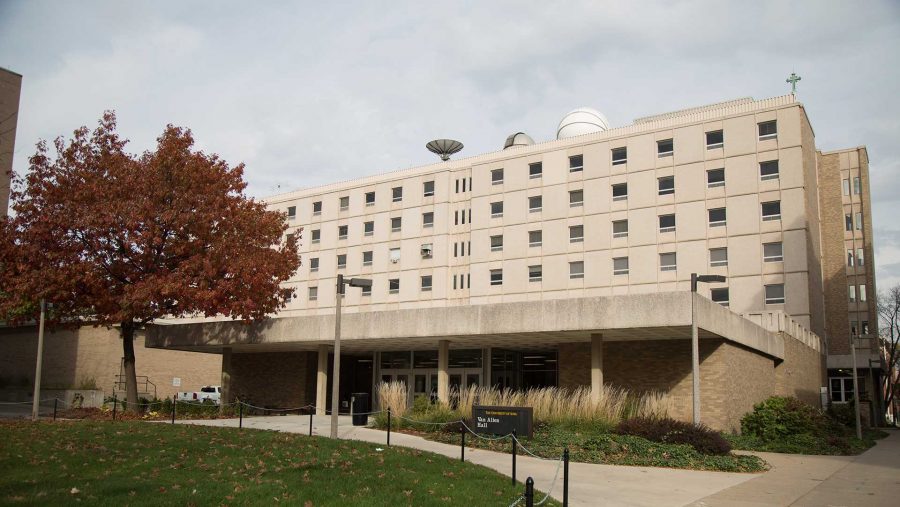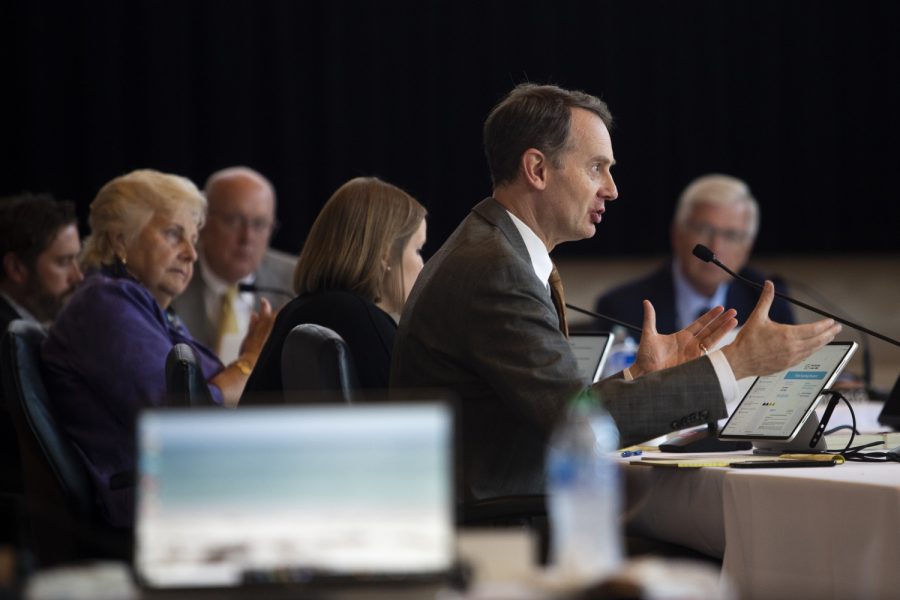A University of Iowa research team led by Professor Craig Kletzing has been awarded a $1.25 million grant from NASA. The team, with four others, will use the grant to conceptualize plans to explore how the sun affects space and the environments around the planets. Kletzing, who is currently in Japan, plans on returning later this month.
The five teams will compete for a $165 million grant to actually implement these plans under NASA’s Explorer Program mission. They have 11 months to complete their plans, and a proposal will be chosen in 2019. If the team wins this grant, it will be the single largest grant ever awarded to researchers at the university.
RELATED: NASA honors UI professor for Mars research
The report has to show that the team can build all the materials, such as data-collecting instruments get a launch, and stay on time and within their budget.
Kletzing and his team’s grant proposal, Tandem Reconnection and Cusp Electrodynamics Reconnaissance Satellites, will focus on the sun’s magnetic field and how it affects the Earth.
In 2003, twin events called the Halloween Storms occurred because of these cusps. The aurora could be seen as far as Texas, and all kinds of devices were affected, including GPS signals, radio waves, and airlines. Planes were warned to fly low to avoid excess radiation.
NASA has a current mission called MMS that studies the magnetic openings when they occur. Four spacecrafts are circling the globe right now, finding the openings when they happen. The UI team will supplement this mission by studying the magnetic effects closer to Earth.
— by Brooklyn Draisey










